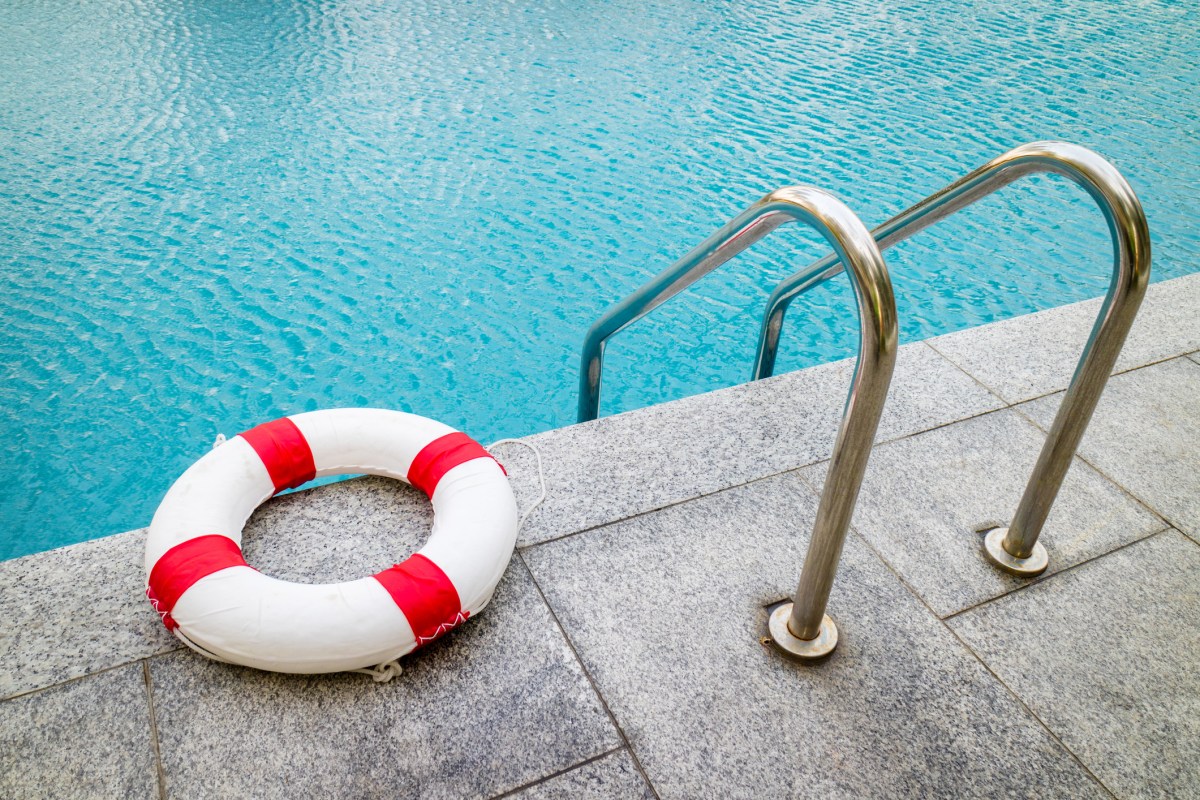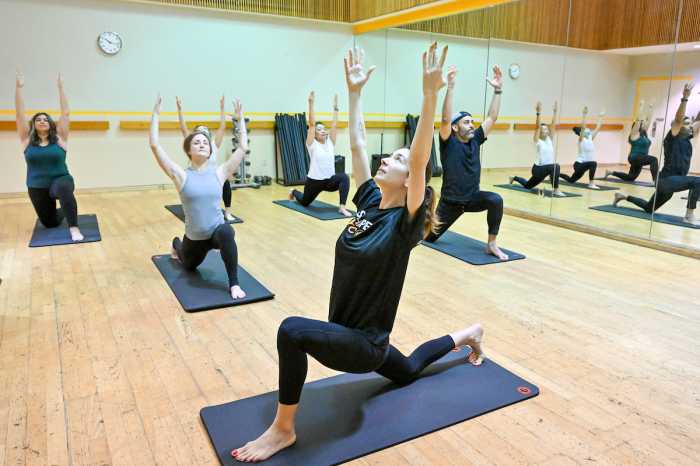Summer is the season for sunshine, travel, pool parties—and, if you’re not careful, accidents and illness. Dr. Jay S. Berger, medical director and chair of pediatrics at Optum in Lake Success, sees it all every year: sunburns, tick bites, vacation bugs and more. But with a little preparation, he says, most summer mishaps can be avoided.
We spoke with Berger to talk about the most common seasonal dangers and what families can do to stay safe, healthy and happy all summer long.
“Supervision is so, so essential,” Berger said. “You don’t want to take your eyes off the pool—even if there’s a lifeguard. Especially with young kids, you’ve got to keep watching.”
Berger says parents often become more relaxed around water when they’re at home, but that’s a mistake.
“You have to be even more vigilant at home,” he says. “Drowning happens very quickly and quietly.”
He recommends swim lessons for all children and encourages using life jackets for younger kids, though he cautions they’re not foolproof. Teaching pool rules—like no running or diving in shallow water—can also prevent injuries.
One simple but powerful tool? The buddy system.
“I learned it at summer camp,” he recalls. “You watch your buddy, your buddy watches you. It’s easy and it works.”
The sun
“Wear a broad-brimmed hat to keep the sun off your face,” Berger advises. “That’s where most skin cancers appear when you get older—your nose, cheeks, forehead.”
Sunscreen is essential, but not all types are created equal. Berger explains that there are two main types: chemical sunscreens, which absorb UV rays and convert them into heat, and mineral sunscreens, such as zinc oxide or titanium dioxide, which physically block the sun.
“Mineral sunscreens are less irritating and better for sensitive skin,” he says. “The only downside is they leave a bit of a white sheen. But they work.”
For babies under six months, he recommends shade and protective clothing over sunscreen. “Keep them in long, loose-fitting clothes, stay in the shade,” he says. “Sunlight bounces, so it’s not just direct exposure that matters.”
And for image-conscious teens?
“I tell them, your beautiful skin now—if you don’t protect it, it’s going to be spotty and wrinkly. They may not care about cancer, but they care about how they look.”
Overseas travel
“The number one thing is to be careful about food and water,” Berger says. “Depending on where you go, you may not be able to drink the tap water or eat street food.”

Even something as simple as ice in a drink can lead to illness.
“That one little sip can ruin two or three days of your trip with vomiting and diarrhea,” he warns.
His travel must-have? Electrolyte powders.
“I always pack them,” he says. “They’re light and easy to mix into bottled water. When you’re dehydrated from being sick—or even just sweating in the heat—it makes a big difference.”
Berger also recommends packing a travel-sized medical kit with basics like Tylenol, Motrin, Benadryl, bandages, and probiotics. And remember your regular medications.
“If you have asthma, bring your inhaler,” he says. “If you take a daily pill, make sure it’s packed. It’s hard to get prescriptions abroad.”
If something does go wrong, start with your hotel.
“They can usually direct you to a local urgent care or doctor they work with,” he says.
Medications
“Don’t leave medications in the car,” Berger said bluntly. “Keep them in a cool place, like your hotel room. And stay hydrated—make sure your urine stays clear. That’s a great sign you’re drinking enough.”
He notes that dehydration can make some medications less effective—or even dangerous, especially if alcohol is involved.
“If you’re drinking [alcohol], you dehydrate more easily,” he says. “Be careful when mixing that with medications.”
If in doubt, Berger recommends checking with your pharmacist before traveling.
“When you go hiking or out in the brush, wear long pants and long sleeves,” he says. “Tuck your pants into your socks and use a repellent with DEET or permethrin.”
After spending time outside, he advises a full-body tick check.
“Strip down and have someone check you head to toe,” he says. “Don’t forget the scalp and yes, even your underwear. Ticks love to hide.”
If you find one?
“Use tweezers to slowly pull it out. Don’t leave the head in,” he says. “And save the tick—put it in a Ziploc bag and bring it to your doctor. We can send it out for testing.”
If the tick is removed within 24 to 48 hours, you’re usually fine, but if it’s engorged or you think it was on for a long time, follow up with your doctor.
Common summer injuries
“Lots of scrapes and fractures,” Berger says. “The big one is bike injuries. I always tell kids, ‘You don’t know you’re going to fall. That’s why it’s called an accident.’”

The solution? Helmets—always.
“It’s more accepted now than when we were kids,” he says. “But some still resist. I just try to explain that it’s not about how careful you are—it’s about what you can’t control.”
“I love seeing kids outside, playing until the sun goes down,” he says. “That’s what summer should be. But with a few simple precautions—watching the pool, wearing a hat, checking for ticks—you can have fun and stay safe at the same time.”
So go ahead—plan that beach day, book that trip and send the kids outside. Just pack a helmet, some sunscreen and an electrolyte packet or two—and don’t forget to check your socks for stowaways.


































